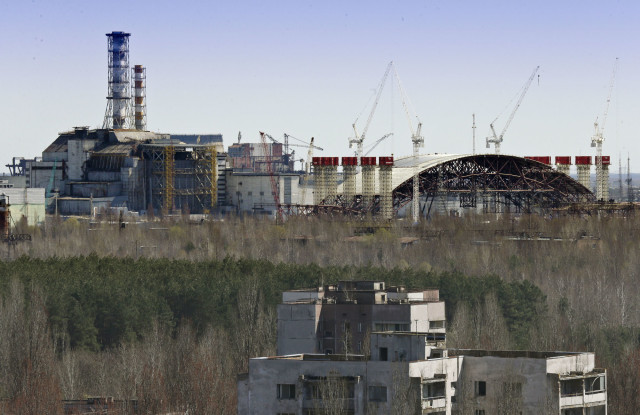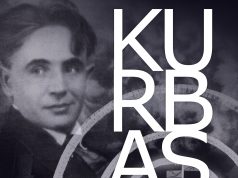
31 years ago today, Chornobyl’s reactor no. 4 experienced an unforeseen power surge which was consequently followed by an explosion at its core. Poor design and safety standards were to blame for the circumstances of the reactor’s failure, the plume of radioactive steam that resulted, and the fallout that threatened Eastern Europe in the aftermath.
Chornobyl remains dismally unique in its human and financial cost. Among the 31 firemen, plant personnel and liquidators known to have died of radiation poisoning, some were recognized by Soviet authorities — bestowed with medals posthumously. Of the thousands more who lost their lives as a result of the long-term effects of Chornobyl’s fallout, many remain unknown. Surviving liquidators were treated with either reverence or ambivalence by Soviet officials. The people of the nearby town of Pripyat were swiftly relocated, leaving the now infamous ghost-town in their wake. The event’s political context and its reflection on the Soviet Union continue to carry as much impact as the literal fallout of the disaster.
For many Americans, particularly ones whose memory of the Soviet Union is colored by the Cold War, Ukraine is associated first and foremost with the Chornobyl disaster. It is perhaps understandable that the tragedy put Ukraine on the map for those unfamiliar with the region. Younger Americans have a different attitude towards the event, usually more familiar with the bizarre accounts that have emerged from the Exclusion Zone in the past several years. These typically feature radioactive boars and the flourishing flora inside the exclusion zone.The grim fascination with Chornobyl is born of both a morbid curiosity regarding its aftermath and, amongst older Americans, its place in the last history of the Iron Curtain. Both bear exploring.
Chornobyl continues to impose a massive economic burden on both Ukraine and Belarus. The introduction of the New Safe Confinement, the hulking steel arch placed over the reactor unit this past November, was a critical if immensely costly endeavor. The construction will prevent continued radiation leakage and was part of a series of such measures which are estimated to total to around $2.3 billion. Belarus, which bore the brunt of the fallout, has spent hundreds of billions on decontamination over the past 30 years.
But the disaster proved still more costly to the Soviet Union. Aside from the immense financial cost, the decision by Moscow to conceal the event for two days contributed drastically to the snowballing impact of Gorbachev’s glasnost, both at home and abroad. By April 29th, when Soviet news agencies began to give the first real indications of the disaster’s scale and implications, the damage was already done. Throughout Ukraine, rumors ran rampant. Those with access turned to the only reliable source of information on the disaster, Radio Free Europe and Voice of America.
This is the narrative that is familiar to many who lived through or study the Cold War — how the Chornobyl accident, the failed Soviet cover-up and the resulting public backlash spurred on dissatisfaction with the Soviet regime, hastening the collapse of the Soviet Union. While this is important to understanding the history, the lessons here may be even more applicable to the region in the present day. It is unlikely that the USSR would have survived had the Soviet press been allowed to report accurately on Chornobyl. But the implications extend beyond this counterfactual.
The Chornobyl disaster was cloaked in order to obscure what was seen as a major embarrassment for the Soviet Union. Countless lives were put at risk to preserve the fragile international image of the USSR, to continue the myth of the the regime’s durability, the infallibility of Soviet science. This short-sighted and doomed effort accelerated the process of disintegration by degrading public trust.
Post-Soviet Eastern Europe continues to be negatively impacted by opaque policies, state obstruction of media and active campaigns of disinformation — though these practices are increasingly taking root across the Atlantic as well. The objectives here are not always directly analogous with those of the Soviet Union. For instance, much of Moscow’s disinformation is aimed at harming public trust and introducing doubt rather than purely winning adherents to an official version of events. Regardless of this, and indeed perhaps all the more so because of it, Chornobyl is a portent of the consequences of these pursuits, particularly where they coincide with indifference towards human life.



































